Navigating the world of smart homes can feel like decoding a tech puzzle, especially when you encounter a smart home acronym. These shorthand terms encapsulate complex technologies and protocols that power intelligent living spaces. This guide explores what a smart home acronym is!
Contents
What Is a Smart Home Acronym?
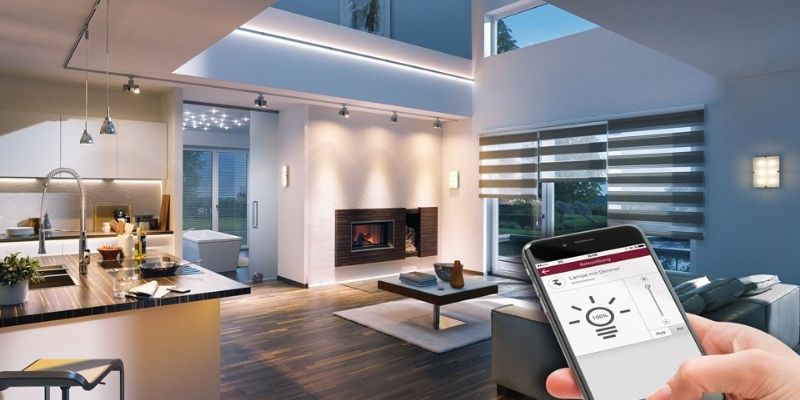
A smart home acronym is a shortened form of a phrase or term used to describe technologies, protocols, or standards in smart home systems. These acronyms simplify complex concepts, making it easier for manufacturers, designers, and users to communicate about devices and their capabilities. In the realm of smart homes, a smart home acronym might refer to a communication protocol, a type of device, or a security standard, each playing a vital role in how smart devices interact.
For example, a smart home acronym like “IoT” (Internet of Things) describes the network of connected devices that enables smart functionality, such as lights that turn on via voice commands. Acronyms are essential because they condense technical jargon into manageable terms, allowing even non-experts to engage with smart home technology. As smart homes become more prevalent—projected to reach 478 million households globally by 2025—understanding these terms empowers users to make informed decisions about their setups. By demystifying the smart home acronym, we lay the foundation for exploring the top ones shaping the industry.
Top Smart Home Acronyms and Their Meanings
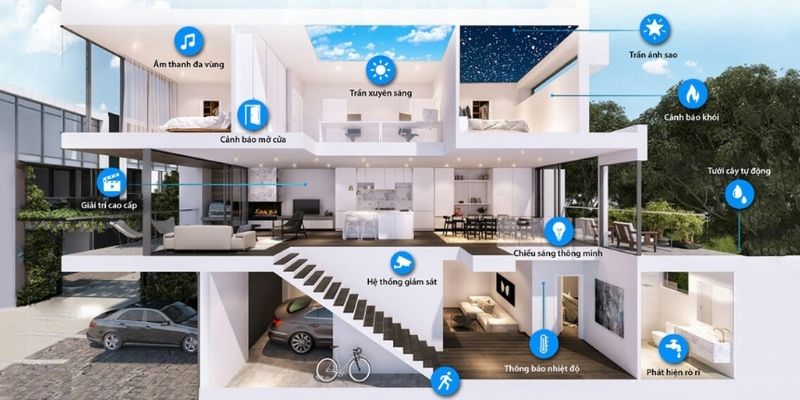
Several smart home acronyms stand out for their significance in 2025’s smart home ecosystem. Below are five critical ones, each with a unique role in enabling connected living:
IoT (Internet of Things)
IoT refers to the interconnected network of devices that communicate over the internet, from smart thermostats to connected refrigerators.
In a smart home, IoT enables devices to share data and execute commands, like a motion sensor triggering lights. Its universal applicability makes IoT the backbone of any smart home acronym glossary.
Z-Wave
Z-Wave is a wireless communication protocol operating on a low-frequency band (around 900 MHz), designed for smart home devices like locks and sensors.
Unlike Wi-Fi, Z-Wave creates a mesh network where devices relay signals, extending range and reliability. Its low power consumption makes it ideal for battery-operated devices, a key factor in smart home acronym relevance.
Zigbee
Similar to Z-Wave, Zigbee is a low-power, mesh-network protocol using the 2.4 GHz band. It supports a wide range of devices, from bulbs to security cameras, and is known for its affordability and scalability.
Zigbee’s open-standard nature makes it a favorite for integrating diverse brands, cementing its place in the smart home acronym landscape.
BLE (Bluetooth Low Energy)
BLE is a power-efficient version of Bluetooth, optimized for short-range communication in smart devices like doorbells or wearables.
In smart homes, BLE enables quick, secure connections for tasks like unlocking a smart lock with your phone. Its energy efficiency and widespread adoption in smartphones make it a critical smart home acronym.
HAN (Home Area Network)
HAN refers to the local network connecting smart devices within a home, enabling centralized control via a hub or app. It supports protocols like Wi-Fi, Z-Wave, or Zigbee, ensuring devices work in harmony. HAN is a foundational smart home acronym, as it defines the infrastructure for smart home communication.
These acronyms represent the technical pillars of smart homes, each contributing to a cohesive, user-friendly experience. Understanding their meanings is the first step to leveraging their potential.
How These Acronyms Impact Smart Home Functionality
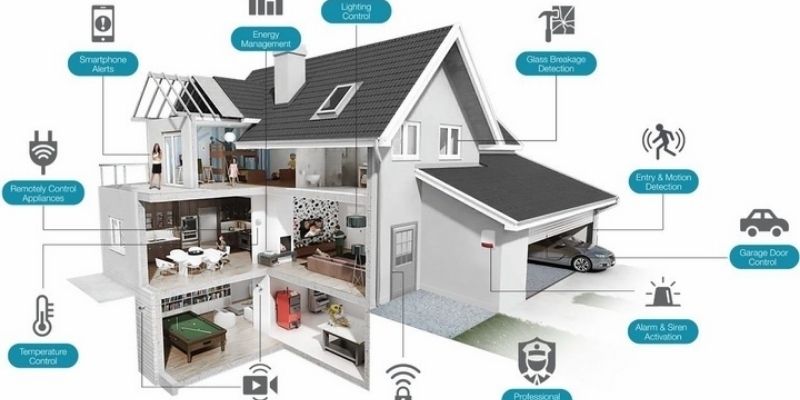
The smart home acronym landscape directly shapes how smart homes operate, influencing connectivity, efficiency, and user experience. Each acronym contributes unique capabilities that enhance functionality in distinct ways.
IoT’s interconnected framework allows devices to share data and automate tasks, creating a cohesive ecosystem. For instance, an IoT-enabled thermostat can communicate with a weather app to adjust heating, saving energy. Without IoT, the concept of a smart home acronym would lack its unifying force, as devices would operate in isolation, reducing efficiency.
Both Z-Wave and Zigbee enhance reliability through mesh networks, where devices act as signal repeaters. This ensures that a smart light in a distant bedroom remains responsive, even far from the hub. Their low-power design extends battery life for sensors, making them indispensable in the smart home acronym toolkit. However, Zigbee’s compatibility with more devices gives it an edge for diverse setups, while Z-Wave’s dedicated frequency reduces interference.
BLE’s short-range, low-energy communication excels in scenarios requiring quick, secure interactions. A smart lock using BLE can unlock instantly when your phone is nearby, enhancing convenience and security. Its role in the smart home acronym ecosystem is crucial for mobile-integrated devices, though its limited range restricts it to localized tasks.
The HAN unifies devices under one network, enabling centralized control through platforms like Google Home or Apple HomeKit. This allows users to manage lights, cameras, and appliances from a single app, streamlining operations. A robust HAN is vital for scaling smart homes, making it a cornerstone smart home acronym for complex setups.
These acronyms collectively enhance functionality by ensuring devices communicate efficiently, conserve energy, and adapt to user needs. Their interplay creates a smart home that’s greater than the sum of its parts, delivering automation, security, and convenience. For example, a HAN integrating IoT devices with Zigbee sensors and BLE locks can automate your home to lock doors, dim lights, and lower the thermostat when you leave, all without manual input.
Tips for Learning and Using Smart Home Acronyms
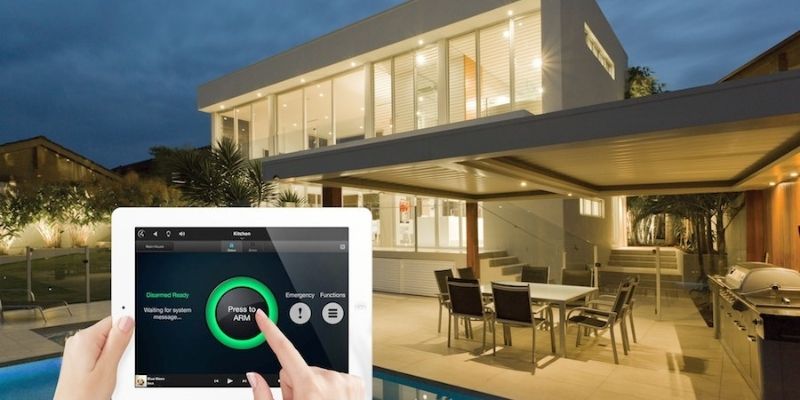
Mastering the smart home acronym vocabulary can seem daunting, but with the right strategies, anyone can become fluent.
Focus on core acronyms like IoT, Z-Wave, and Zigbee, as they appear frequently in product descriptions. Create a cheat sheet with their definitions and examples. Review this regularly to build familiarity with the smart home acronym landscape.
When shopping for smart devices, check manuals or websites for acronyms. For instance, a smart plug might list “Works with Zigbee and HAN,” indicating its compatibility. This hands-on approach connects the smart home acronym to real-world applications, reinforcing understanding.
Platforms like Reddit’s r/smarthome or tech forums discuss acronyms in context, offering insights into their practical use. Engaging with enthusiasts can clarify terms like BLE or HAN, making the smart home acronym less abstract. Ask questions like, “How does Z-Wave compare to Wi-Fi for smart locks?” to deepen your knowledge.
Set up a small smart home system to see acronyms in action. Pair a Zigbee bulb with a HAN-compatible hub to understand their interaction. This trial-and-error approach demystifies the smart home acronym, showing how protocols affect performance.
Smart home technology evolves rapidly, with new acronyms emerging. Follow tech blogs or subscribe to newsletters from brands like Philips Hue or SmartThings to learn about updates, such as enhancements to the Matter protocol. Staying informed keeps your smart home acronym knowledge current.
By applying these tips, you’ll navigate smart home acronyms with confidence, making informed choices about devices and setups that enhance your home’s intelligence.
The world of smart homes is rich with technical terms, but understanding the smart home acronym unlocks a deeper appreciation of connected living. To Home Gadget Digest, from IoT’s unifying network to Z-Wave’s reliable mesh, these acronyms define how devices communicate and enhance functionality.
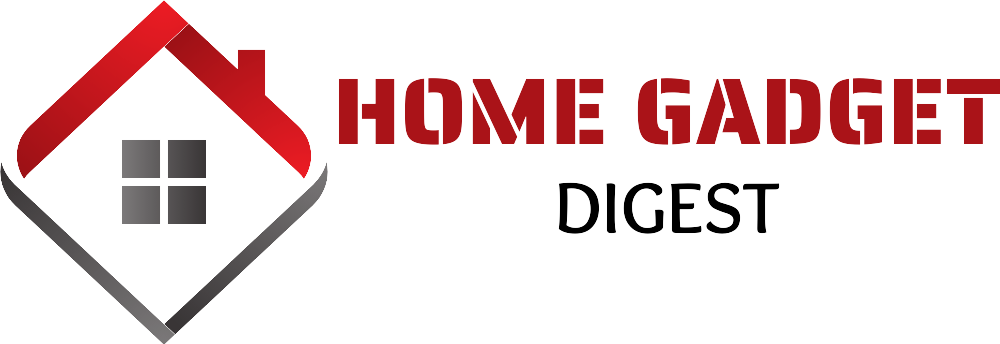



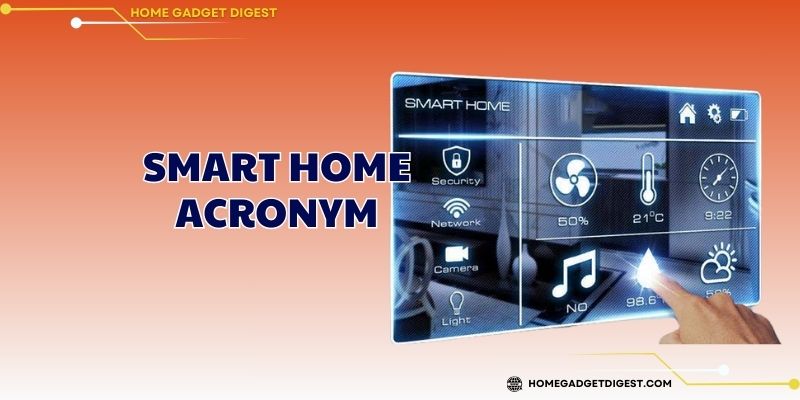

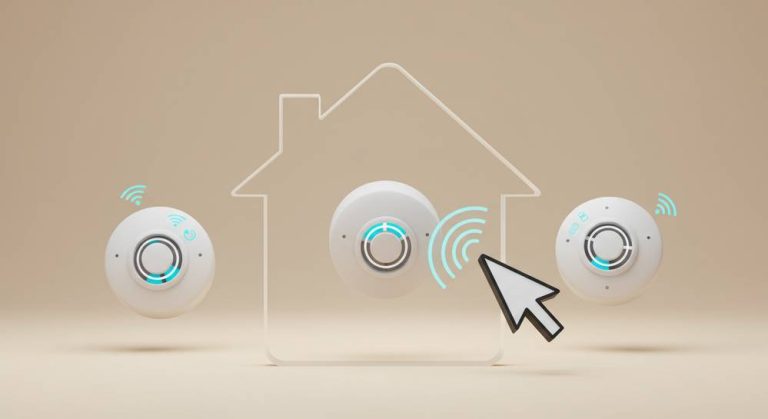
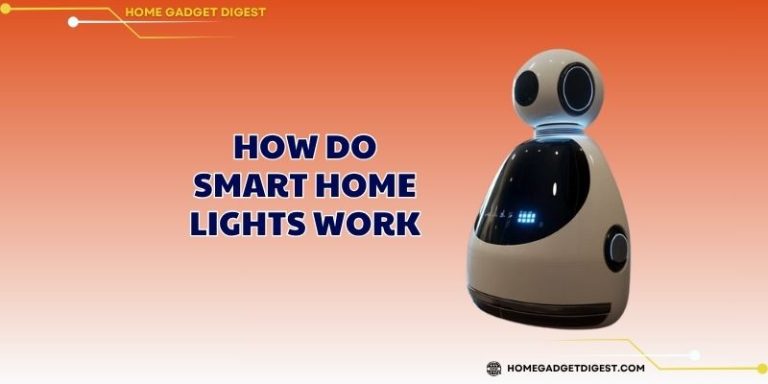








+ There are no comments
Add yours